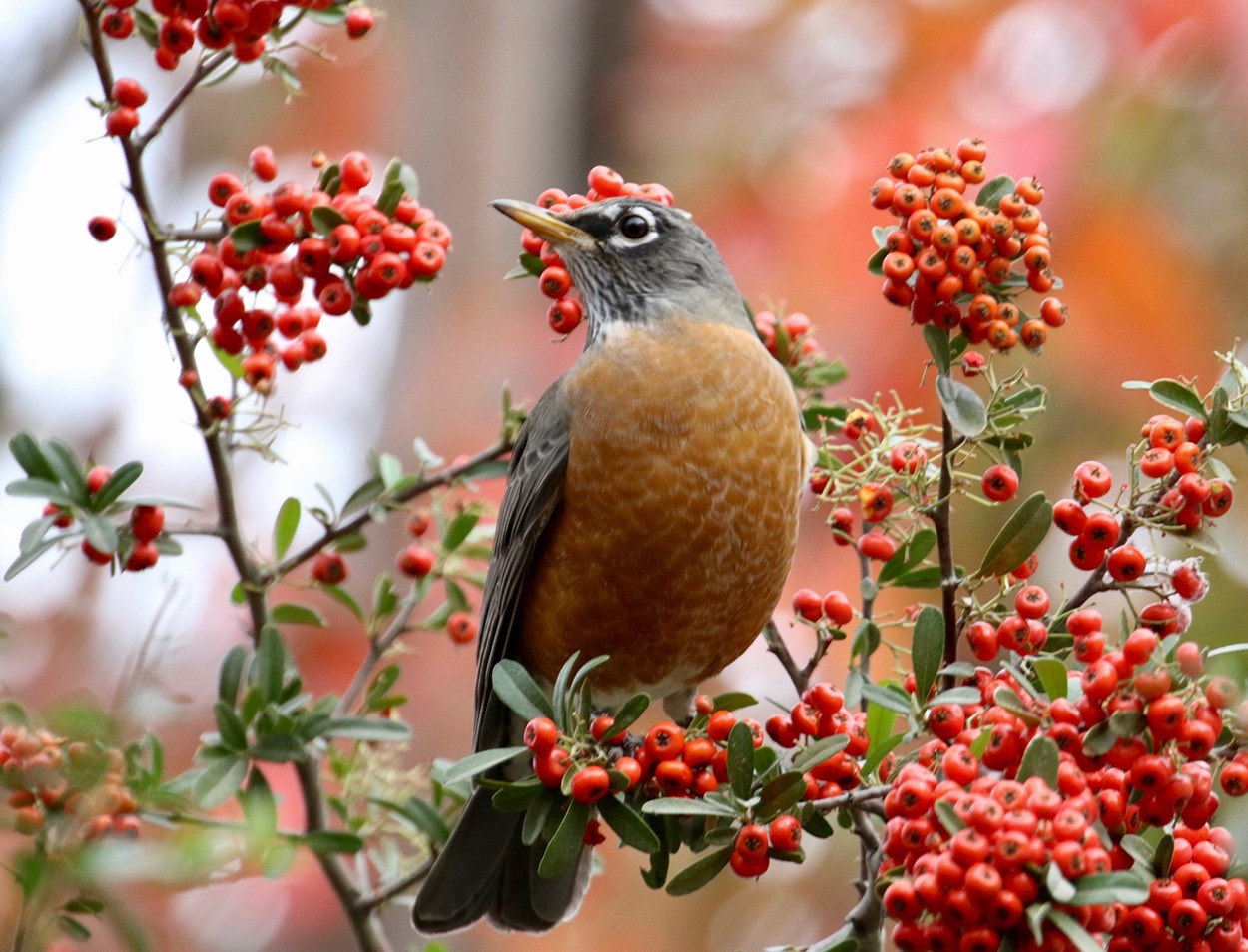
Photo: Mickey Dyke César E. Chávez’s Compassion for Animals“We need, in a special way, to work twice as hard to help people understand that the animals are fellow creatures, that we must protect them and love them as we love ourselves.” César E. Chávez had a deep love and respect for animals, which was reflected in his decision to become a vegetarian. He made this choice "after realizing that animals feel afraid, cold, hungry, and unhappy like we do." This compassion toward animals aligned with his lifelong commitment to non-violence and justice, principles that guided both his personal life and his work for farm workers’ rights. Wildlife at the MonumentFor those with time to explore the gardens and the area along Tehachapi Creek, nature offers a peaceful respite. Birds can be seen flitting between tree branches, catching insects in mid-flight, sipping nectar from flowers, or soaring over the hills in search of prey. Rabbits occasionally hop among the grasses and shrubs, while bobcats, drawn by the promise of a meal, stalk the area. Though rare, black bears have also been spotted. The monument has detailed information available about bird species, thanks to annual birding events in collaboration with the Kern Audubon chapter and observations logged through eBird. As of May 2024, 102 bird species have been documented, making birdwatching a popular and enriching activity for visitors. Explore the rich biodiversity of the monument and witness the same sense of respect and connection to the natural world that César Chávez held so dear. 
Photo: © Susie King Discover the California Ground Squirrel and Other Local WildlifeVisitors to César E. Chávez National Monument are likely to encounter the California ground squirrel, one of the most common animals in the area. These squirrels can often be heard with their distinctive chirping calls or seen sunning themselves on rocks and scurrying about in search of food. Their diet includes seeds, nuts, fruits, bulbs, fungi, and the stems and leaves of grasses and forbs. Occasionally, they eat insects, bird eggs, and even dead animal remains. They are known to store food in their burrows during periods of inactivity. Rabbits are also abundant in certain years and can be spotted feeding on grasses, forbs, and shrubs. During the warmer months, reptiles such as fence lizards or sagebrush lizards may be seen in the gardens hunting insects. In the surrounding oak woodlands, gopher snakes and rattlesnakes thrive, feeding primarily on rodents. To get a closer look at some of the animals that call the monument home, explore the photo gallery below. |
Last updated: October 12, 2024
